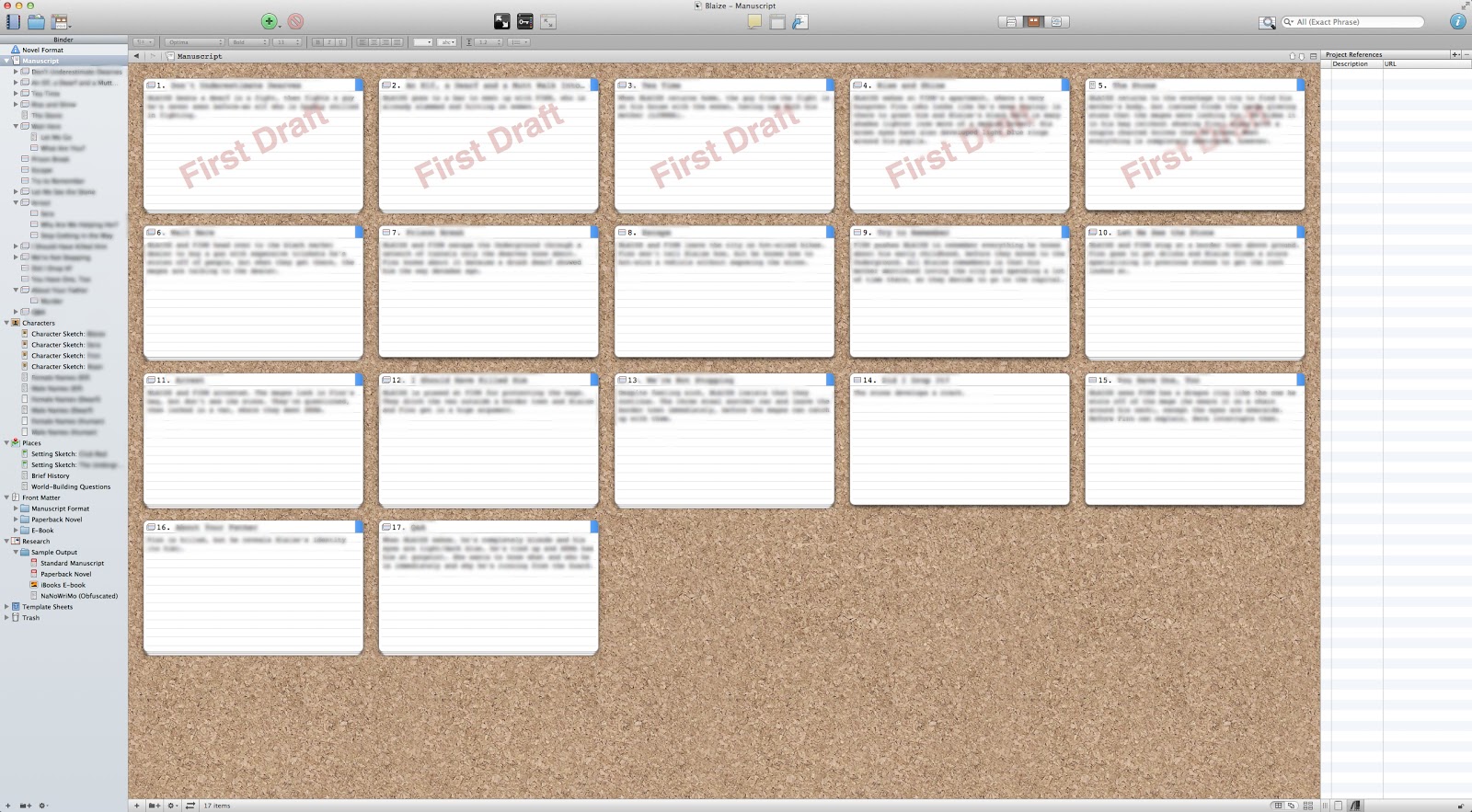A couple weeks ago, I decided to do something that scared me…
You might have read about it when it happened. I’ve just started writing a new novel, and to keep myself focused and on track, I’m going to record my progress here.
Back in February, I shared my planned timeline and the professional goals I wanted to achieve with this particular novel. I’m incredibly excited about it, and usually very bad about talking about my writing as it happens, so I’m hoping this particular exercise helps me out!
I’m sure I’m going to learn a lot along the way about novel writing, and I’m excited to share it with you!
So, what have I been up to the last three weeks?
Changing my spots.
First, let me say that when it comes to writing, I’ve always been a bit of a pantser. (Okay, a lot of a pantser.)
I usually know where I want to start and where I want to end. I have the first and last scenes all planned out. I know my characters and what they want. I’m ready to explore and discover as I go…
And then I get stuck. This happened to me spectacularly last fall, and I’m still smarting from that one a little bit.
So… I’m trying to change. I’m trying to turn myself into a planner.
Do you think it’s possible for a writer to change? I’m hoping so, and to make the best effort possible, I am planning like whoa.
I started with an outline.

I’ve recently started using Scrivener, so I decided to use the corkboard feature for my outline.
I love this tool so far, because it lets me:
- create an outline with brief summaries of each major event or plot point
- write individual scenes and still keep them organized
- see a quick summary of each scene in the corkboard
- move things around when new ideas occur to me while still staying organized
Are you noticing the theme there? Organization is my buddy for this one, but I’m loving how Scrivener lets me still play and discover at the same time.
Next, I summarized.
This great post from Susan Dennard on Pub(lishing) Crawl is technically about writing a one-page synopsis while you’re on submission. But I went ahead and used it to make sure I had a solid plot structure.
One of the biggest downfalls of pantsing is finding yourself with a Point A and a Point C that are both fantastic, and no idea what Point B should look like to connect them. So the summary helped me make sure I knew what the overall flow of the plot needed to be.
Starting to write…
Once I had a good sense of what would happen and where it all was heading (and let me tell you, that feels a little weird!) I dove into writing.
I haven’t done a whole lot yet. I’m at just over 8,000 words. (My productivity was not helped by a week in Florida with several friends. If you guessed I spent all day enjoying the weather and none of the day writing… you’d be spot on.) And so far, I’m skipping around a bit, chronology-wise.
But I’m finding that skipping around is a lot easier to do when I have a solid outline already in place. I know what the major plot points need to be, so I feel much freer to play around in between. Plus, I’ve already discovered a new character or two that are already making themselves quite at home…
Maybe there is something to this outlining thing after all?
What do you think? To outline, or not to outline?
Which allows you more creative freedom?
[…] Write That Novel: I Learn to Outline […]